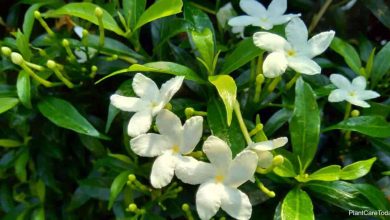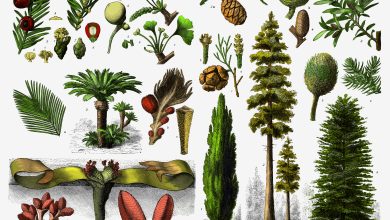Acerola: [Cultivation, Irrigation, Care, Pests and Diseases]
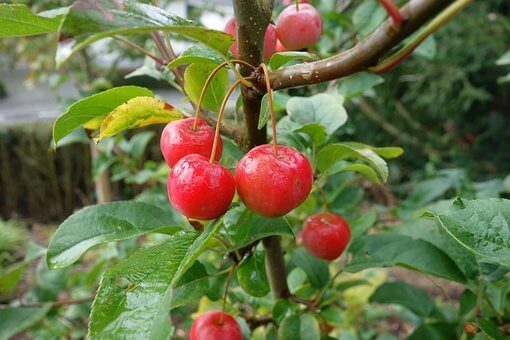
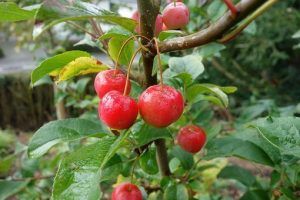 Malpighia emarginata is a tree native to Central America and is naturally distributed from southern North America to South America.
Malpighia emarginata is a tree native to Central America and is naturally distributed from southern North America to South America.
It is currently cultivated in tropical and subtropical countries around the world. Acerola is one of the most ascorbic acid in the world, about 20 or 30 times more vitamin C than an orange.
Important points when planting acerola:
- Scientific name: Malpighia emarginata.
- Common name: acerola, cherry, manzanita, semeruco, Barbados cherry.
- Height: 4 meters.
- Light requirement: High sun exposure.
- Temperature: Tropical climates.
- Irrigation: Moderate and frequent.
- Fertilizer: Organic matter.
What characteristics does the acerola tree have?
The acerola is a small shrub that reaches about 4 m. Its trunk and branches have dark bark and have small bumps called lenticels, which allow breathing and gas exchange.
The branches of the tree are woody, curved downwards, and brittle. The leaves are simple, entire, and opposite, dark green. They reach 4 to 6 cm long and 1.5 to 2.5 wide. Acerola flowers are 1-2 cm in diameter and can be white, pale pink, hot pink or red.
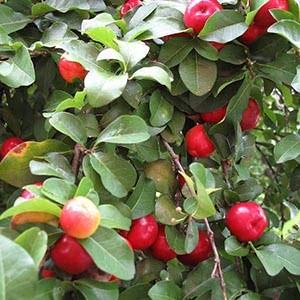
These are grouped in clusters of 3 to 5 buttons, which emerge from the lateral branches and in the branch axils. The fruits of the acerola are fleshy drupes, with a smooth and delicate skin, with a slightly acidic flavor and a red or yellow colour. The average size of the fruits is 2.2 cm in diameter.
Likewise, the fruit is produced in the first year of development and reaches maturity in a period of 25 days. Inside it contains an oval seed that measures between 3 and 5 mm.
When to sow the acerola?
The acerola tree can be planted during any time of the year, especially if there is irrigation in the growing area. However, it is recommended to sow during the months of May, June and July.
Where to plant the acerola?
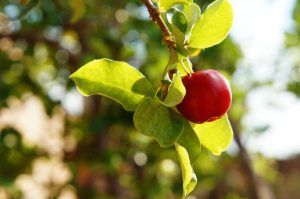 The acerola grows in areas with low altitudes, with temperatures between 15ºC and 32ºC. It also needs very humid environments, with annual rainfall ranging from 1,200 to 1,600 millimeters per year.
The acerola grows in areas with low altitudes, with temperatures between 15ºC and 32ºC. It also needs very humid environments, with annual rainfall ranging from 1,200 to 1,600 millimeters per year.
Another important factor when choosing a place to plant the acerola is to avoid exposure to strong gusts of wind, as the branches can suffer breakage and loss of flowers and fruits.
How to prepare the land?
Acerola cultivation adapts to different types of soils. The ideal ones are those with medium fertility, whether they are clay loam or sandy loam, with a pH of 5.5 to 6.5. They must retain moisture, but drain well to avoid waterlogging.

Soil preparation begins with decompaction by plowing and raking. Then the distances and the design of the garden or plantation are determined. The most recommended range between 5.0×3.0 meters and 2.5×4.0 meters, due to competition for water and nutrients.
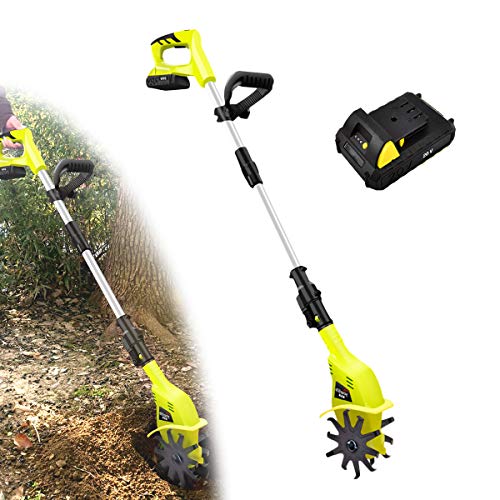
Regarding fertilization, it is recommended to improve the soil before transplanting the seedling by applying 2 kilograms of organic matter mixed with the soil, around the root area.
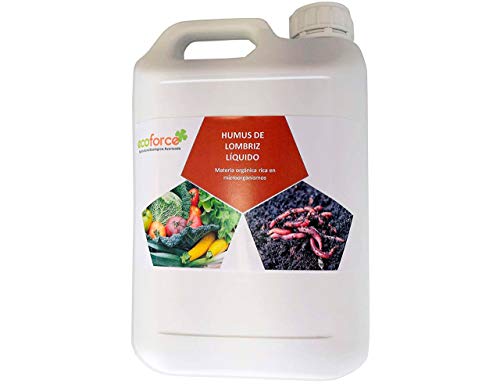
How do we water the acerola?
The acerola needs to have water available in its cultivation, since drought causes the loss of foliage, the detachment of flowers and fruits, as well as stunted flowering. For this reason, micro-sprinkler irrigation is recommended, since it focuses irrigation and makes more efficient use of water.
How often do we water the acerola?
The acerola is typical of humid regions, with regular rains; therefore, care must be taken that the substrate remains moist. This can be checked with a digital moisture meter or by sticking a wooden stick into the soil and checking if it comes out wet or dry.
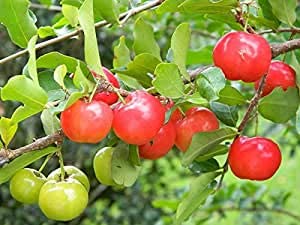
If the substrate is dry, it should be watered 3 or 5 times a week, especially in the summer. During the rest of the year it can be watered less frequently, every 4 or 5 days.
How to plant an acerola step by step?
Propagation of acerola is ineffective by seed. It is more successful when doing it asexually or vegetatively, through cuttings. The steps to grow by cuttings are shared below.
by cuttings
- Cuttings should be taken from mature trees, between 3 to 4 years old.
- Cut a segment of branch 25 centimeters long by 15 millimeters thick. This segment must have a pair of apical leaves.
- Disinfect the base of the cuttings by immersing them in 0.5% sodium hypochlorite for 20 minutes.
- Apply growth regulators, such as indole butyric acid (IBA) or naphthaleneacetic acid (NAA), to accelerate root growth.
- Sow in containers with vermiculite and sterilized sand at a ratio of 1:1, in places with reduced light, cool temperatures and high humidity.
- After 40 to 60 days, transplant the cutting into the garden.
What care does the acerola need?
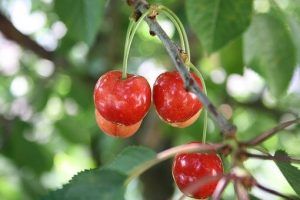 Acerola fruit deteriorate rapidly after harvest. The processing of these small fruits should not exceed 2 days, as they begin to ferment visibly after 4 hours of cutting them.
Acerola fruit deteriorate rapidly after harvest. The processing of these small fruits should not exceed 2 days, as they begin to ferment visibly after 4 hours of cutting them.
On the other hand, pruning is a necessary measure that must be practiced on a recurring basis, whether it is training or aeration pruning.
Training pruning is applied to give architecture to the plant and facilitate cultivation. Thinning pruning serves to eliminate poorly located shoots that prevent air flow in the crown, or the penetration of solar radiation into the interior.
What pests and diseases affect the acerola?
Among the pests that acerola can suffer from, are: aphids or aphids (Aphisspiraecola and Toxopteracitricidus). It can also be affected by the fruit fly (Anastrepha), the zompopas (Atta cephalotes) or the red spiders (Tetranychus).
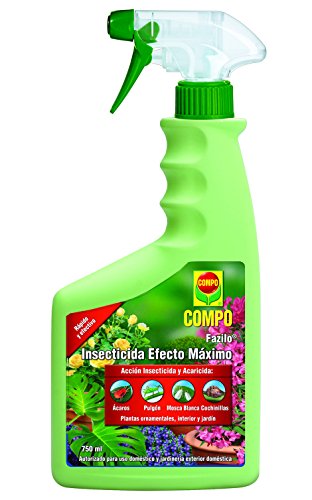
Regarding diseases, acerola can be affected by: anthracnose (Colletotrichum gloesporioides), chestnut spot (Cercóspora), root wilt or rot (Fusarium oxysporium), stem disease (Pythium) and nematodes (Meloidogyne and Pratylenchus).
root knot nematode
One of the main obstacles to the success of acerola cultivation is the tree’s susceptibility to the root-knot nematode , Meloidogyne incognita var. acrita, especially in acid and sandy soils.
Soil fumigation, mulch, and regular watering help keep this problem under control. The burrowing nematode, Radopholus similis, is also a cause of decline in otherwise healthy trees.
Translation done with the free version of the translator www.DeepL.com/Translator
How long does acerola live?
Acerola is a short-lived plant. His life does not exceed much 20 years.
How long does it take to grow acerola?
Despite its low longevity, it does grow rapidly and will reach its mature age a year and a half after planting.
How long does it take to produce fruit?
Acerola fruit takes between 2 and 3 years after it has been planted.
The maximum production, however, is reached when the plant reaches 15 years of age.
Can it be grown in a pot?
Yes, it can be kept in a pot, but this will restrict the productive capacity of the plant.
Therefore, it is only recommended when the consumption of the fruits is going to be for domestic use.
How many times does acerola produce fruit?
The acerola has a quite profitable productive level, being able to produce fruits up to 5 times in the same year.
Should acerola be pollinated to obtain fruit?
It needs the support of pollinating insects to carry the pollen from the male flowers to the female ones and to obtain fruit.
How cold can acerola tolerate?
It is able to tolerate the cold and even a sporadic frost that brings the temperature down to -2° C.
However, when subjected to these conditions on a regular basis, the plant could suffer from growth and production problems.
Ideally, it should not be exposed to less than -10° C.
How many acerolas can be planted per hectare?
The normal thing is to work with 200 or 300 plants per hectare.
What kind of fertilizer does acerola need?
It is important to work both on the value of the substrate and on the nutrition of the plant as such.
For this reason, it is advisable to incorporate compost into the garden soil (when it is outdoors) and enhance the internal systems of the plant with a mineral fertilizer.
How much heat and/or drought can acerola tolerate?
It can tolerate heat that does not exceed 35° C. Although it prefers temperate climates, its preferred average is 26° C.
It is not resistant to drought. You have to ensure a continuous flow of hydration, especially in the summer.
A failure in the irrigation system could lead to production deficits and even plant diseases.

![Photo of Carambolo: [Cultivation, Irrigation, Care, Pests and Diseases]](https://www.complete-gardening.com/wp-content/uploads/2021/06/Carambolo-390x220.jpg)

